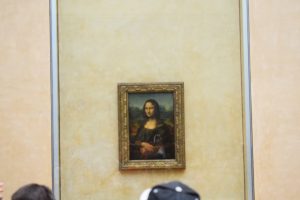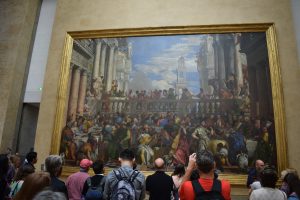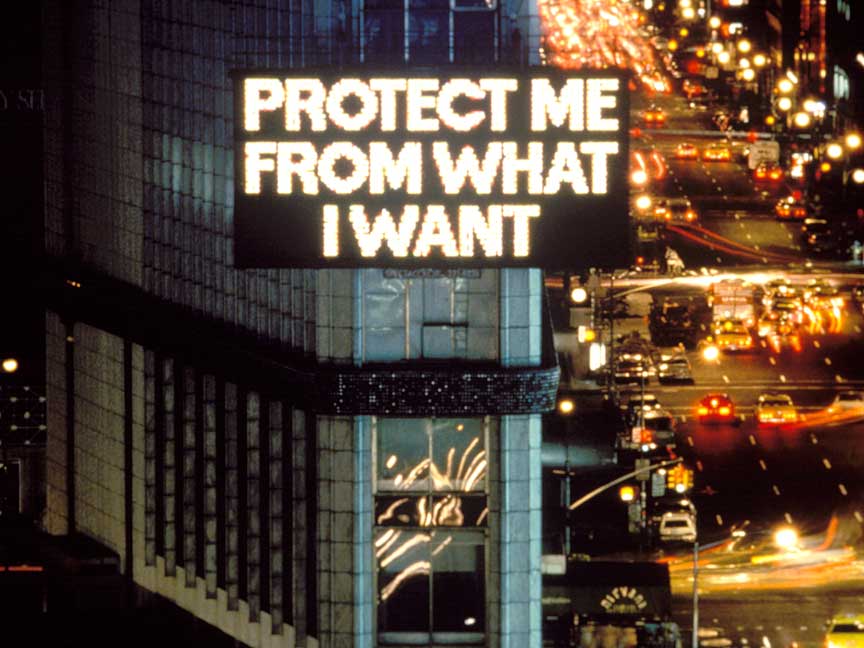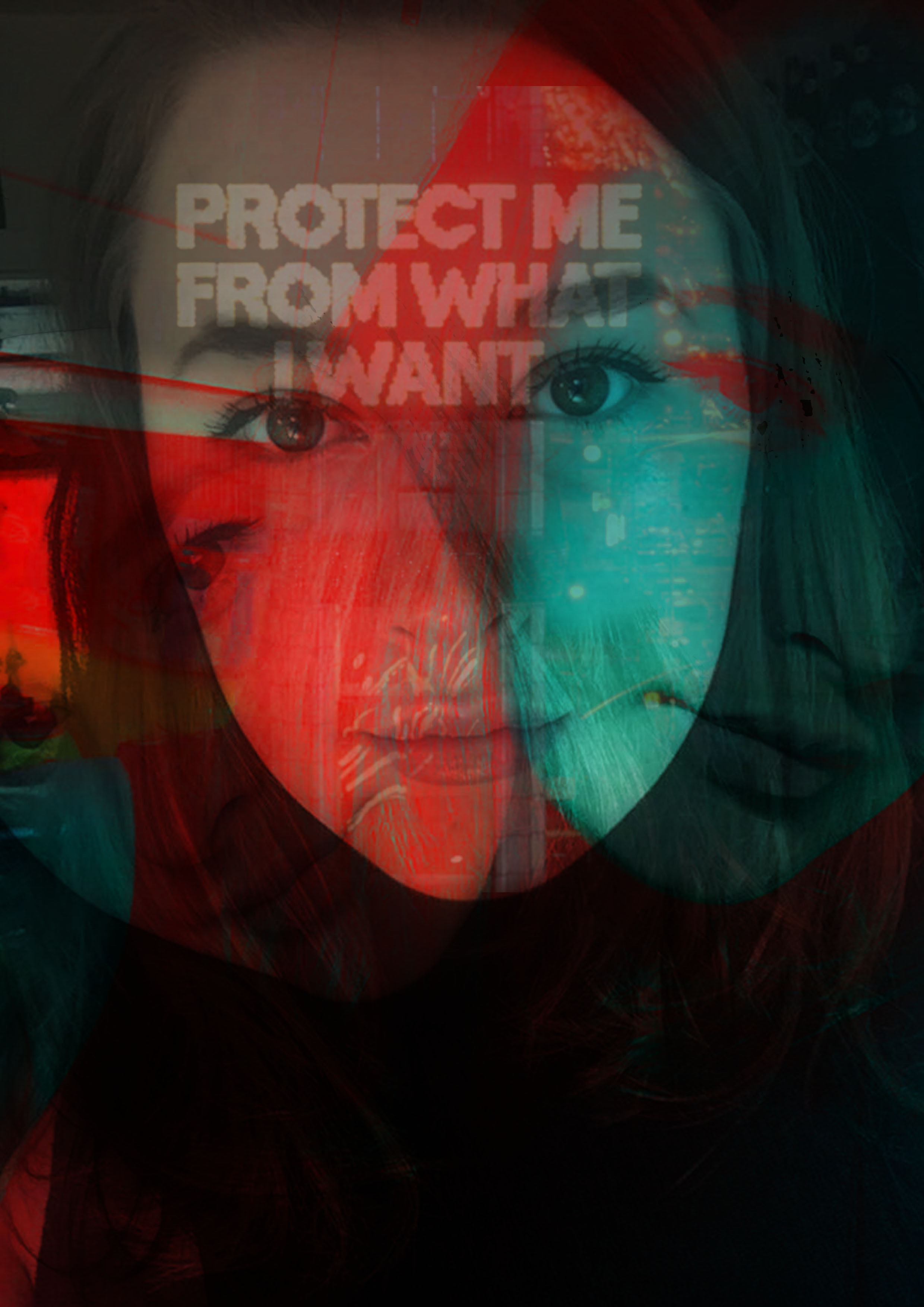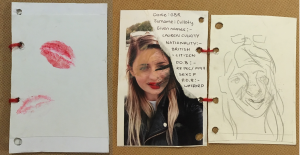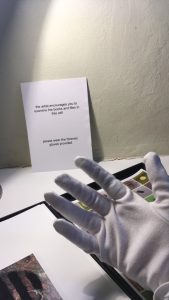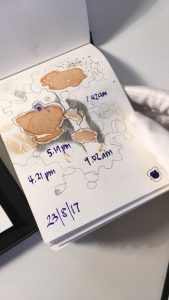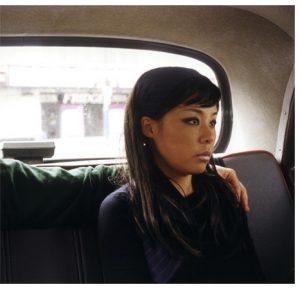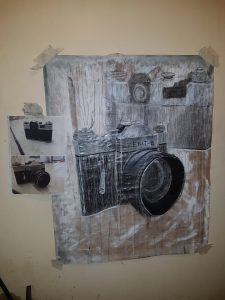Renée Cox is a Jamaican born artist who makes straightforward statements about gender and race through the use of her body in her work. I believe Cox is using her physique to redefine her individuality as a black female and likewise demonstrating further women similar to herself. For example, this black and white photograph entitled ‘Hot-en-tot Venus’ is based on a woman called Sarah Baartman. She was born in 1789 and was exhibited along with others as ‘freak show’ attraction in 19th century Europe under the name Hottentot Venus or “Hottentot” due to her large buttocks.
Renée Cox deliberately depicts female nudity and appears to be revelling in self-love for her body whilst trying to raise awareness of Sarah Baartman’s life. I find this piece very controversial as there are many ways in which a person can interpret the image. In my opinion, the image is symbolic of female expression but also keeping the body confined. In the photograph, the artist is posing herself with oversized sexual features of the female body, in this case wearing only a prosthetic buttocks and breasts making her body way out of proportion.
The composition is placed so Cox is standing sideways with her head turned to the camera. Cox’s stance show freedom and appreciation for her body, depicting it however she likes, but it is also easy to see how the image can be seen to reflect on racial stereotypes. Cox highlights how mass media frequently sexualises and negatively represents females. The photograph also is against society’s disrespected dealing of Sarah Baartman’s sexual organs which were on display in a Paris museum until 1974. She wasn’t buried until 2002.
Overall this image is a strong objection to how black women have been depicted sexually in media. The image, therefore, is still important in today’s society as a reference to the history of black women’s lives and the constant fight against racism and sexism.
Bibliography
https://en.wikipedia.org/wiki/Sarah_Baartman
https://www.onthisday.com/events/date/1994?p=4
https://www.artspace.com/renee_cox
http://topics.nytimes.com/top/reference/timestopics/people/c/renee_cox/index.html


